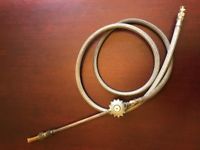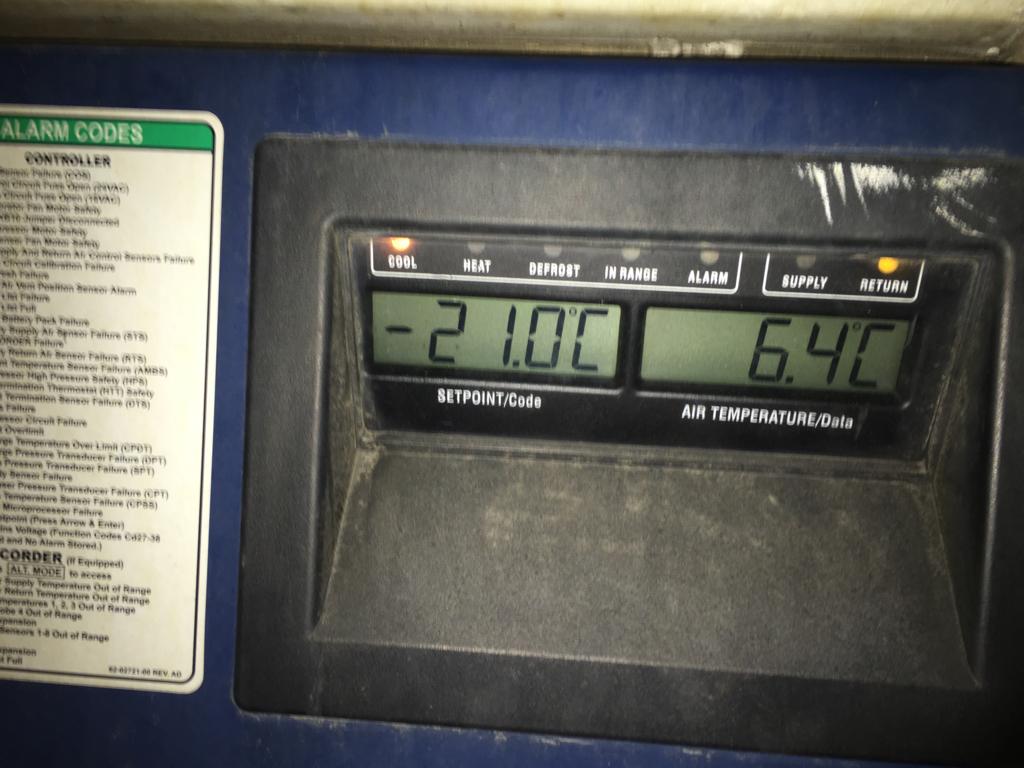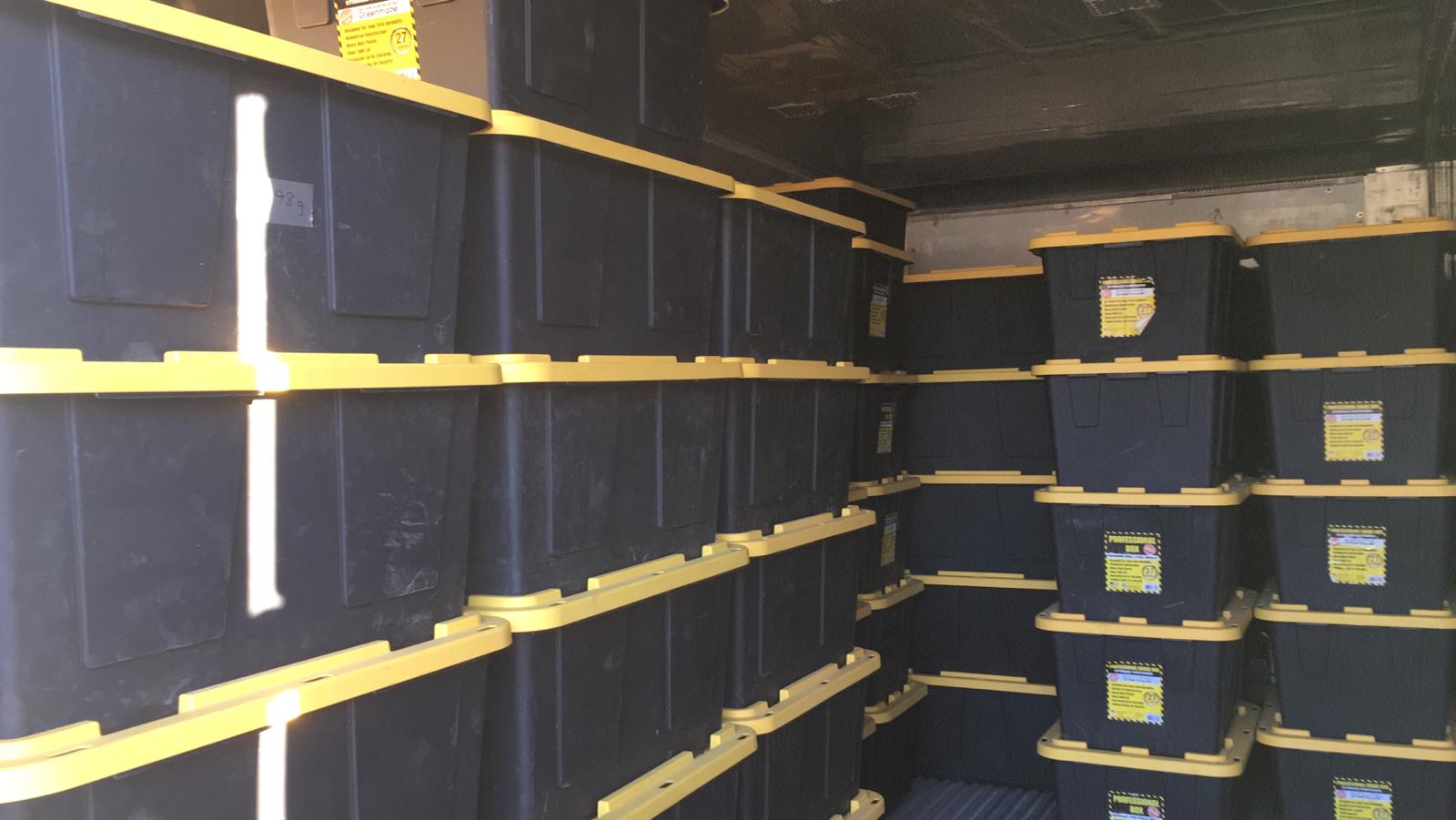that sounds right to me. for ethanol. probably CO2.
fresh frozen makes awesome hydrocarbon extracts ![]()
Ah. Just read through that thread, and I have similar questions as @Sapes. With our steam distilled flower we inline filter with a little silica gel, and have had no issues with the final product of distillate, but we are also doing BHO.
On the 20% I was referencing dried and cured biomass that is a large percentage of flower. The four times figure seems reasonable. Good information.
Then the consensus is that it would be more efficient to defrost the product prior to ethanol extraction? Grinding the frozen product probably wouldn’t help.
Just to clarify, I’m not putting this strategy forward out of choice. Larger cultivation operations are deciding that it is just not cost effective to harvest and dry the whole plant product. Increasingly as cultivators and manufacturers try to scale the supply chain, the fresh frozen approach to harvest is becoming an alternative. So what I’m really trying to develop are SOPs for dealing with this eventuality that I believe will become more common.
I have successfully extracted biomass at -40 and its only problematic without the right equipment. I was able on a smaller scale to keep water out of the solvent at -40 and leave behind a considerable amount of waxes and lipids as well. But I’ve never considered or had any experience with developing a production line that addresses the supply chain on this scale.
I’m not after terpenes in this model. This is only a process to make distillate. I just don’t see an effective way to obtain terps prior to distillation. I’m thinking that harvesting terpenes would require a separate hydrocarbon production line that had the best fresh frozen diverted to that and was just devoted to terps.
Again I’m trying to develop these numbers out of necessity. Is it a better choice to find a large scale method of defrosting this whole plant product that arrives frozen at -25 and is testing at 20-25% on specimens taken of the dried and cured product before freezing (I’ve seen the COAs) without damaging it?
I’ve also looked at cryogrinding the frozen material which I believe might address the reduced volume of the fresh frozen product. This is no easy process either but indications are that it would reduce volume by a factor of 3-5 X.
Any other thoughts?
I use a paint mixing paddle attached to a drill in conjunction with direct injection of LN2 into my plant material to cryo mill/flash freeze and it does indeed reduce volume drastically. Id say right around the 3-4x mark.
Only thing I can think of is to setup several dehydrators in a smallish room and place your thawed material on large trays throughout the room with the dehumidifiers running full blast. You should be able to thaw and pull out a substantial amount of moisture this way. You can then throw the thawed material in a large industrial dehydrator (FD Heat Pump Dehydrators from Nyle Systems | Brewer, Maine) to remove any remaining moisture. This way you are minimizing the addition of heat which should help minimize any damage.
just to be clear, offering me frozen biomass that I have to dry to 20% of it’s weight before I even attempt to extract it is going to have me going to the guy that hung it in a barn and dried it first.
just because it’s easy for the farmer to flash freeze, doesn’t make drying it the processors problem. nor storing it.
sure, I’ll take your frozen biomass. in six to ten months. good luck storing at -20C for that long and making a profit.
supply vs demand…if nobody wants frozen, they’ll figure that out.
we’ve got so much surplus biomass come harvest, that extractors should be able to pick and choose. at least here in OR.
Edit: and to clarify now that I’m not typing on my phone…
Fresh (wet) frozen makes great hydrocarbon extracts, and can be processed with Ethanol or CO2, or even just water, but in order to provide frozen material year round, somebody has to keep it in a freezer between harvest & extraction.
The most economical way to grow, is outdoors, with a single harvest. we’ve got 3yr old product lying around up here. keeping that in freezers does not pencil out…so my assumption is that cured biomass will continue to be available. Especially in traditionally overstocked regions such as CA & OR
Interested in the Cryo freezing of biomass
I work in remote aerias and having chillers and freezer that pull 135kw an hour is madness so looking in to Cryo freezing prior to extraction
Have a pic ?
What nozzel and Where to get them do You use to spray your biomass
Best way would be to blast freeze it and then put the material in a freezer container that comes with a generator.
On its way down to -21c
Remember I’m the FNG ![]() . Why not just blast all the live material, purge all of your solvent out then mix with some warm ethanol to make your distillate?
. Why not just blast all the live material, purge all of your solvent out then mix with some warm ethanol to make your distillate?
Here is a pic of my hose/valve/nozzle that I found used on Ebay for $159.

Sorry but I have no other pics. Super simple. I just hooked up the hose to my low pressure dewar. Put flower in a 30 gallon drum turn on the LN2 and spray the LN2 throughout the material. After a few minutes I stop the flow and then use a paint mixer hooked up to my drill to break down the cannabis. I would simple repeat a few times then quickly through that material in the freezer. I quickly learned that it is best to open the dewar line than before opening the valve place the nozzle all the way into the material then slowly open the valve to avoid blowing material everywhere.
brand on. That hose/nozzel ?
Is iT specific to Ln2 ?
Thx
I’m curious how freezing plants is more cost effective than drying? Drying takes a couple weeks hang + couple more to lock in a great cure, while in quarantine. Afterwards, it can be nitrogen sealed or conventionally packed with a decent shelf life. Freezing costs would accumulate indefinitely and the equipment costs to do this on a massive scale would be nuts. I totally get it for farms segmenting portions of their crops specifically toward terp sauce, etc. For distillate or standard (still very terpy concentrates). I just dont see it.
I’m curious as to how you guys would go about drying a few hundred pounds of fresh frozen trim at a time? Also if your end result is distillate does it matter if you flash dry it and do not worry about the cure?
So if you used a LN2 conveyer flash freezer woth wet biomass then immediately bagged it and vacuum packed it, the material would be dry? I guess I’m asking, will the vacuum packing process (nitrogen flush if needed) pull the moisture out?
It would never be turned into distillate to start off with. ![]() Hundreds of lbs of fresh frozen trim would be made into diamonds. Ohhhhhh.
Hundreds of lbs of fresh frozen trim would be made into diamonds. Ohhhhhh.
Can’t believe I just read that.
No, the LN2 does not dehydrate the biomass. The cost of freezing whole plants as opposed to paying trimmers is staggering. The average cost per # was $100 to hand trim. Last year the cost was down to about $50 per #.
As @BG305 said freezing does not dehydrate. It’s rather simple. Freezing freezes, dehydrating dehydrates. To remove water you have to dehydrate. To freeze the water and lock it in, in order to avoid extracting it and all the water soluble compounds that will come with it, you should freeze the material and to maximize that process flash freezing with LN2 is a preferred method that is rather easy to do. Flash freezing quickly freezes water and as a result of the extremely rapid temperature change, the formation of water crystals tend to remain small. Compared to the use of a regular freezer where the formation of crystals tend to be much large. The reduced water crystal size minimizes the negative impact on extraction. Simply put if you freeze it needs to be done as fast and cold as possible. Once frozen never thaw and refreeze, ever. that is a sure fire way to ruin plant material, especially for Ethanol extractions.
That said if you use frozen material your extraction vessel and solvent need to be at the same temperature as the frozen material otherwise the material will start to thaw and fuck up your extraction.
Vacuum sealing just removes oxygen to help preserve quality.
Why would you do that? It’s a waste of fresh frozen and a pain in the ass. For what ever crazy ass reason you’d want to do that I guess your best bet is to through it in a massive forced air dryer to thaw and then throw it into a massive dehydrator to dehydrate at low temps to preserve terps and avoid decarboxylation. I guess you could do the whole thing in a forced air oven but Im not sure how well it would work at temps low enough to not decarboxylate. If you are thinking of using fresh frozen for distillate you should be ashamed of your self ![]() All those wasted diamonds and terp sauce!! What a shame what a shame
All those wasted diamonds and terp sauce!! What a shame what a shame ![]()
![]()
Even lower trim costs further, buck it and bucket. Bam, done!

